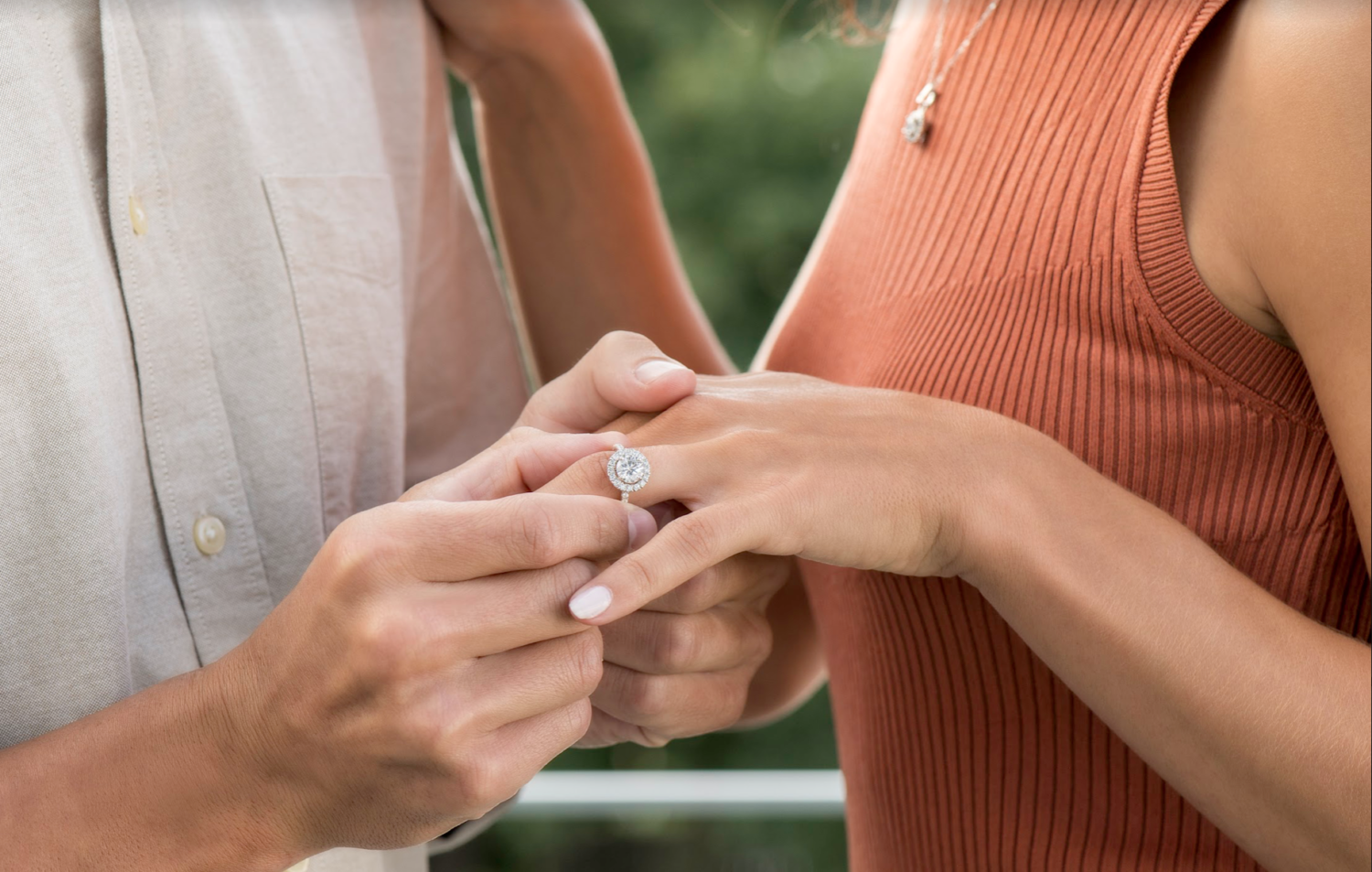
Shopping for a diamond can be a taxing experience in normal circumstances. However, when you add in the pressure of shopping for an engagement ring it can be downright overwhelming! There are simply so many decisions to make, from your diamond’s cut or band style, and everything in between. Not to mention, your diamond’s origins.
With many new buyers opting for alternative engagement rings with lab-grown diamonds, you might be wondering whether lab-grown diamonds are the right choice for you. This guide will teach you everything you need to know about lab-grown diamonds. Let’s dive in..
Quality
First, it’s important to note: Lab-grown diamonds are real diamonds. The only difference between a mined diamond and a lab-grown diamond is its origin.
Mined diamonds are formed deep within the earth, while lab-grown diamonds are formed in a lab-setting using advanced technology that mimics the natural processes that cause carbon to transform into diamond. Beyond their origin, mined and lab-grown diamonds share the exact same physical, visual, and chemical characteristics.
Lab-grown diamonds are easy to assess for quality, as they are graded using the same standards as mined diamonds. They are assessed based on the 4 Cs, or the quality of their cut, their clarity, the absence or presence of color, and carat weight.
Cost
Cost remains one of the biggest draws to lab-grown diamonds. They are simply much more affordable than mined diamonds. According to cost comparison data from Statistica, a 1.5-carat lab-grown diamond cost $4,425, while a mined diamond of the same weight and quality cost $13,100. This is an astronomical difference that shows the value (literally!) of choosing a lab-grown diamond over a mined diamond.
The price difference is best considered when choosing a diamond with more overall depth and a deeper pavilion, such as those found in round engagement rings. Although much of the diamond’s weight will be distributed in it’s pavilion rather than its table or face, you’ll be able to afford a large diamond to make up the difference without breaking the bank. In short, lab-grown diamonds allow buyers to get more shine for their dime.
Ethical Implications and Eco-Friendliness
When it comes to discussing the ethical implications and eco-friendliness of lab-grown diamonds, it’s important to explain what they are not. Here’s a quick breakdown:
- Lab-grown diamonds are not conflict or blood diamonds. They have not played a role in funding militant war conflicts.
- Lab-grown diamonds are not involved in practices that exploit diamond miners or negatively influence underdeveloped countries.
- Lab-grown diamonds are not responsible for soil erosion, wildlife displacement, or water pollution.
The issues listed above are actually associated with mined diamonds and diamond mining practices across the world. While the diamond mining industry is and has been making changes to remedy these issues, the fact remains that there is a lot of work to do before the issues are solved.
As a result, lab-grown diamonds are generally considered to be the more ethical and eco-friendly option when compared to their mined counterparts.

Conclusion
Shopping for an engagement ring isn’t an easy task! The ring will be worn for decades to come and may even be passed along through the generations. As such, it’s important to consider every aspect of your engagement ring choice, including its origins.
Lab-grown diamonds are a fraction of the cost of traditional diamonds, ethical and eco-friendly, and they are real diamonds. What’s not to love?
Advertising disclosure: We may receive compensation for some of the links in our stories. Thank you for supporting Irvine Weekly and our advertisers.
